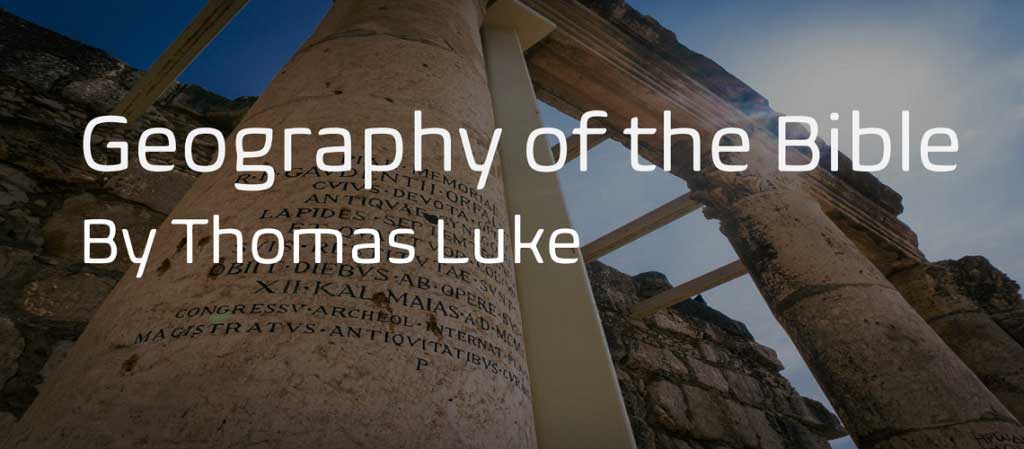The Apostles’ creed and the Nicene creed are representative of Christian beliefs that have stood the test of time and reveal the basic tenets of such faith. These creeds have under gone changes over time, but the essence of the meanings have remained the same. The similarities are greater than the differences and their structures share a basic format.
The Apostles’ creed is based on Christian theological understanding of the canonical gospels. Also, based on letters of the New Testament, Old Testament, and the old Roman Creed known as the Old Roman Symbol.
The earliest mentioned is a letter of AD 390 in Milan. In the 4th century, it was believed that the Holy Spirit gave inspiration to the apostles. These apostles contributed to the articles found in the creed. It is interesting to note that there are twelve articles and there were twelve apostles. Even though it is unclear the precise origin, these articles express the fundamental credos of the Christian faith.
One of the differences between the Apostles’ creed and the Nicene is that “communion of saints” is only found in the Apostles’ creed. “He descended into hell is omitted from the Nicene, and the words “resurrection of the body” are changed to “resurrection of the dead. The Nicene creed is used by Protestants more than the Catholics. The Roman Catholics use the Nicene creed in their daily services and at baptism.
The first line of both creed mention God the Father but only the Nicene mentions “creator of the seen and unseen.” In this passage, inclusion of the unseen is given. It provides clear mention that God is creator of everything. In the Apostles’ creed, it is not stated which leaves room for debate and also an indication that it is implied. The choice of words does matter if uniformity is to be obtained and diminish the gap of miss interpretations.
The similarities between these two creeds are the Father, the Son, and the holy spirit. These are the basic core of these creeds that do not change over the course of time. With each new version, the meaning progressively transform with the changes.
The Apostles’ Creed does not address Christological issues defined in Nicene.
Nothing about divinity of either Jesus or Holy Spirit. The Communion of Saints: found in the Apostles’ Creed but not in the Nicene Creed.
Earliest mentioned in letter of AD 390 in Milan. Fourth century belief was the Apostle’s Creed was an inspiration of the Holy Spirit and that the twelve apostles contributed to the twelve articles of the creed.
Apostles’ Creed:
- I believe in God the Father almighty, creator of heaven and earth.
- I believe in Jesus Christ, his only son, our Lord.
- He was conceived by the power of the Holy Spirit and born of the Virgin Mary.
- Under Pontius Pilate, He was crucified, died and was buried.
- He descended to the dead. On the 3rd day he rose again.
- He ascended into Heaven and is seated at the right hand of the Father.
- He will come again to judge the living and the dead.
- I believe in the Holy Spirit.
- The holy catholic Church, the communion of saints,
- the forgiveness of sins, 11. The resurrection of the body.
- and the life everlasting. Amen.
The Nicene Creed, composed in part and adopted at the First Council of Nicaea (325) and revised with additions by the First Council of Constantinople (381), is a creed that summarizes the orthodox faith of the Christian Church and is used in the liturgy of most Christian Churches. This article endeavors to give the text and context of English-language translations.
The international consultation on English texts of Nicene Creed.We believe in one God,
the Father, the Almighty,
maker of heaven and earth,
of all that is, seen and unseen.
We believe in one Lord, Jesus Christ,
the only Son of God,
eternally begotten of the Father,
God from God, Light from Light,
true God from true God,
begotten, not made,
of one Being with the Father.
Through him all things were made.
For us and for our salvation
he came down from heaven:
by the power of the Holy Spirit
he became incarnate from the Virgin Mary,
and was made man.
For our sake he was crucified under Pontius Pilate;
he suffered death and was buried.
On the third day he rose again
in accordance with the Scriptures;
he ascended into heaven
and is seated at the right hand of the Father.
He will come again in glory to judge the living and the dead,
and his kingdom will have no end.
We believe in the Holy Spirit, the Lord, the giver of life,
who proceeds from the Father and the Son.
With the Father and the Son he is worshiped and glorified.
He has spoken through the Prophets.
We believe in one holy catholic and apostolic Church.
We acknowledge one baptism for the forgiveness of sins.
We look for the resurrection of the dead,
and the life of the world to come. Amen.
Nicene Creed is a statement of belief used in Christian liturgy and adopted in the city of Nicaea which is present day Turkey by First Council of Nicaea in 381. It was amended at the First Council of Constantinople. Nicene or the Niceno-Constantinopolitan.
Oriental Orthodox and Assyrian Churches used this profession of faith. The Eastern Orthodox and Catholic churches convert to “I believe.”
The Apostle’s Creed is Trinitarian (Trinity) in structure. God is one, but three coeternal consubstantial persons. “One God in three Divine Persons’. The three persons are distinct, yet are one substance, essence or nature.”
Bibliography
Barry, John et al., The Lexham Bible Dictionary (Bellingham, WA: Lexham Press, 2016).
ESV: study Bible: English standard version. Wheaton, IL: Crossway Bibles, 2007.
Tuckett, Christopher. 2 Clement: Introduction, Text, and Commentary. Oxford Apostolic
Fathers. Oxford: Oxford University Press, 2012.



